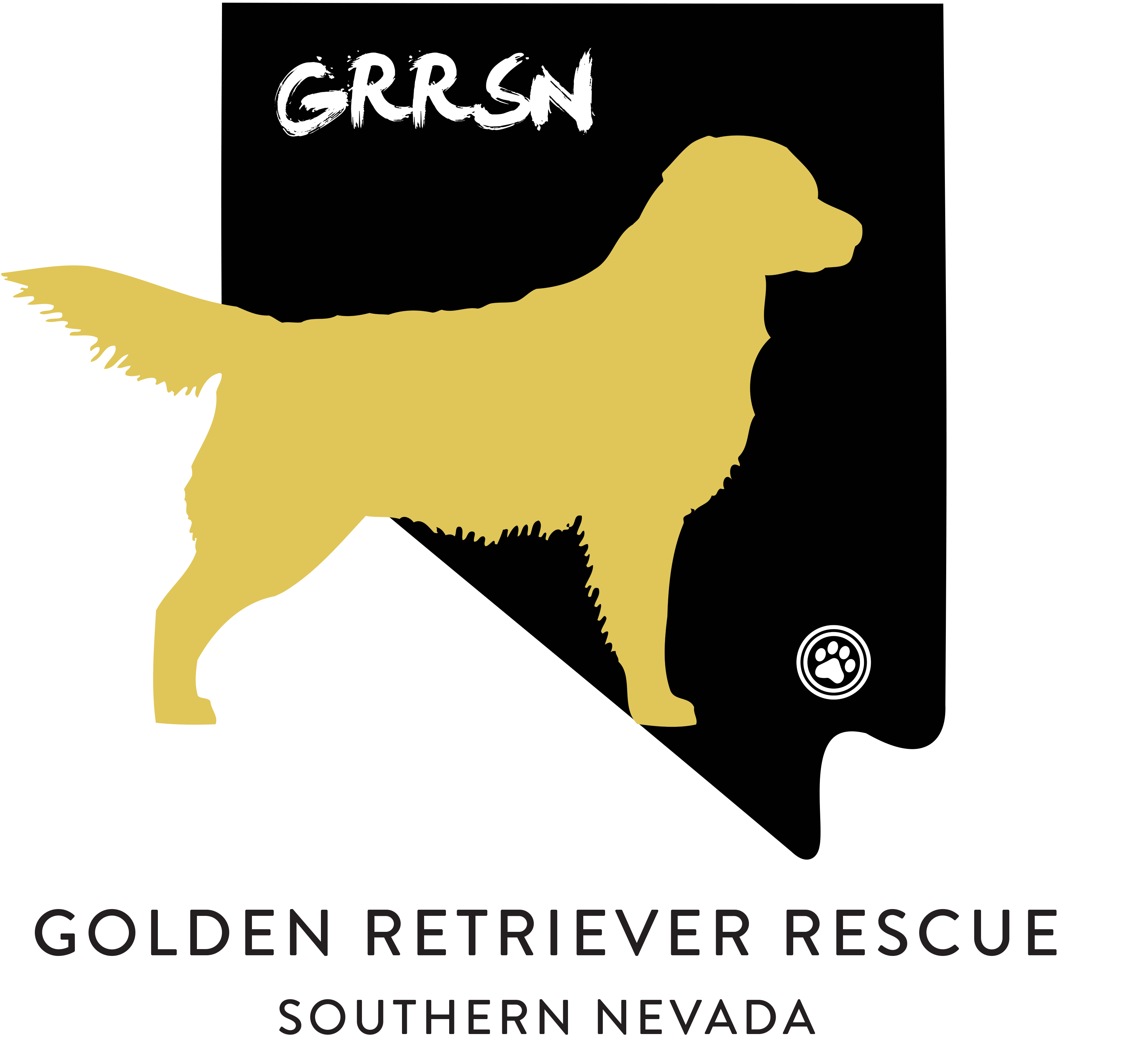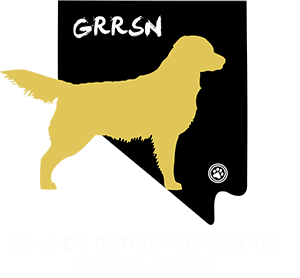Hypothyroidism and Dog Aggression
Behavioral Presentations
In dogs, as in humans, hypothyroidism presents as impaired mental function; reasoned behavior is lost in favor of a panicked response. In general, behavioral problems are most noticeable when the animal is psychologically or physiologically stressed.
The behaviors displayed by hypothyroid dogs fall into several distinct patterns.
In some animals problems appear at a very early age (6 months or less). They generally show poor or variable attachment to their owners, and they are difficult to train. Behaviors are lost from one training session to the next. Owners often describe these dogs as appearing to have AD/HD. These dogs may become fixated on one activity – such as playing Frisbee – and only value their owners’ presence for providing this.
Perhaps more common is the dog that exhibits a sudden change of personality and behavior at puberty or as a young adult. It may be that this is the age at which owners become more aware of the behaviors as the animal is larger and more difficult to live with, and odd behaviors that may be tolerated in a puppy become less endearing. Neutering usually has little of no effect on the behaviors, which may intensify as the dog ages. While certain breeds are over-represented, and distinct familial patterns may be observed, breed or lack thereof, cannot rule the condition out. Those breeds most represented include those in which allergies and other immune problems are also most common. These would include: English Setter, Golden Retriever, Akita, Rottweiler, Doberman Pinscher, English Springer Spaniel, Shetland Sheepdog, and German Shepherd Dog. Like their younger cohorts, these dogs may show few, if any, signs of being hypothyroid other than behavioral ones. As opposed to being lethargic and obese, these dogs are often underweight and hyperactive. Many have a worried or tragic appearance. They may have seasonal allergies; recurrent skin, ear and foot infections; shed excessively; and/or chronic gastrointestinal problems. Some of these dogs present with a sudden onset of aggression – usually owner directed or intraspecies. Others will become fearful, whining incessantly, and showing nervousness in new situations or around strangers; they may hyperventilate and sweat excessively. Their fear may also lead to aggression. Some dogs develop obsessive behaviors such as tail chasing and pacing.
These same changes can occur in adult dogs. Separation anxiety may appear suddenly. Noise phobias – particularly thunderstorm phobia – most commonly arise in this group. This is also the stage at which some dogs start to show other signs of hypothyroidism – lethargy, weight gain, reduced energy, change in the character of the bark. Superstitious behaviors – watching the ceiling or wall for no apparent reason, refusing to walk on particular surfaces – may appear. Episodic dyscontrol and other behaviors related to partial seizures are also seen. Although not a behavioral phenomenon per se, tonic clonic seizure activity is also commonly related to hypothyroidism. Particularly noticeable in performance and service dogs, some will lose concentration and no longer be able to perform at their previous skill level.
Older dogs may suddenly become irritable and show aggression, food guarding and other behaviors at complete odds to their younger selves. They sleep more, seek out heat sources, and show reduced scenting, hearing and visual acuity. While these signs might be attributed to advancing age or even cognitive dysfunction, they will resolve with treatment of the hypothyroidism along with the behavioral problems.
Discussion
The prevalence of hypothyroidism within the canine population is unknown, but is estimated in some breeds to be as high as 40 percent, and there is evidence that it is increasing (Dodds 1995). A recent study (Hamilton Andrews et al 1998) compared total T4 and cTSH levels between a group of 21 bearded collies with no overt signs of hypothyroidism or aberrant behaviors (control group) with an experimental group of 22 bearded collies of similar age and sex distribution that exhibited problem behaviors but also showed no signs of hypothyroidism. Fifty-two dogs were excluded from the study because they exhibited signs of hypothyroidism, of these 34 had behavioral signs as well. Total T4 levels were significantly lower (p=0.01) in the experimental group when compared to the control group. The behaviors exhibited by the experimental group included noise and thunderstorm fears; fearful/anxious/shy behavior; separation anxiety; hyperactivity; poor concentration/learning; compulsive behaviors; mood swings, irritability and aggression – primarily territorial. We have seen more owner directed and dog-to-dog aggression, but otherwise behaviors seem similar to those we have found. Beaver and Haug (2003) also report owner directed aggression as a result of hypothyroidism.
We have seen a wide range of problem behaviors in dogs that are clinically hypothyroid or have suboptimal thyroid function. Some in this latter group appear completely healthy and others show minor problems such as seasonal allergy, ear infections, skin and coat disorders, etc. Many of these dogs responded to thyroid replacement on a twice daily dosing regimen. In some cases, the dogs have been treated with a variety of other psychoactive drugs prior to presentation, as well as a number of other medical regimens. In general, such treatment was unsuccessful. While we know that thyroid can exert an effect on behavior by affecting levels of serotonin and norepinephrin, it would seem there are other mechanisms involved in producing some of its behavioral effect. Given that levels of endogenous glucocorticoids inhibit thyroid hormone production and release, as well as the conversion to the active form, it is not surprising that in dogs with borderline and suboptimal thyroid function, stress will induce a truly hypothyroid state that manifests initially in behavioral problems.
Our results suggest that thyroid replacement has an important role in the treatment of canine behavior, just as it does in human psychiatry. Therapeutic doses of levothyroxine are not harmful, provided any withdrawal of treatment is made gradually; wider use of such therapy could be beneficial to many dogs. In our opinion, it would be prudent to include a full thyroid panel in the work-up of most, if not all, behavioral cases.
1 The authors wish to thank Dr. Robert Keller, Chairman, Computer Sciences, Harvey Mudd College, Pomona, CA for his statistical analysis of the data.
For more reading on this subject from the Whole Dog Journal, click here.



